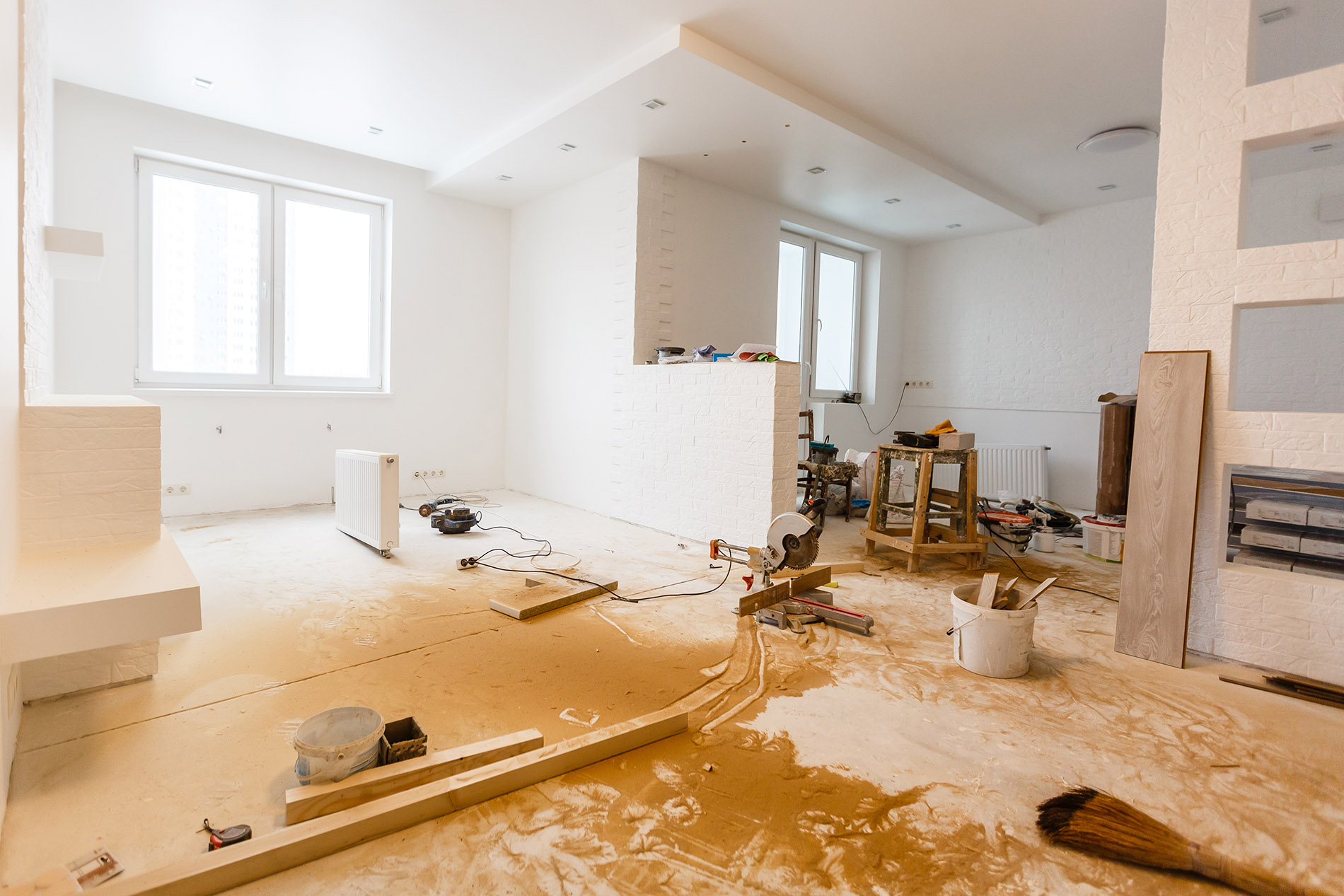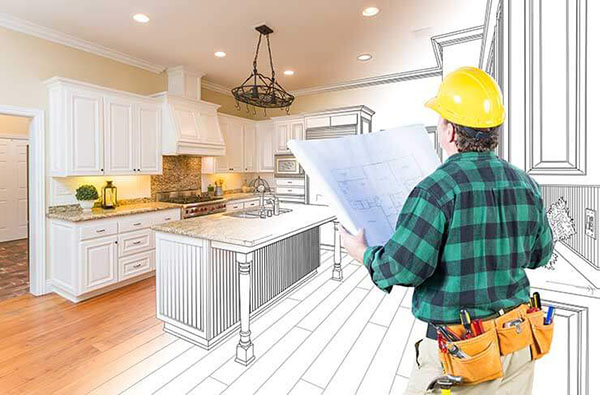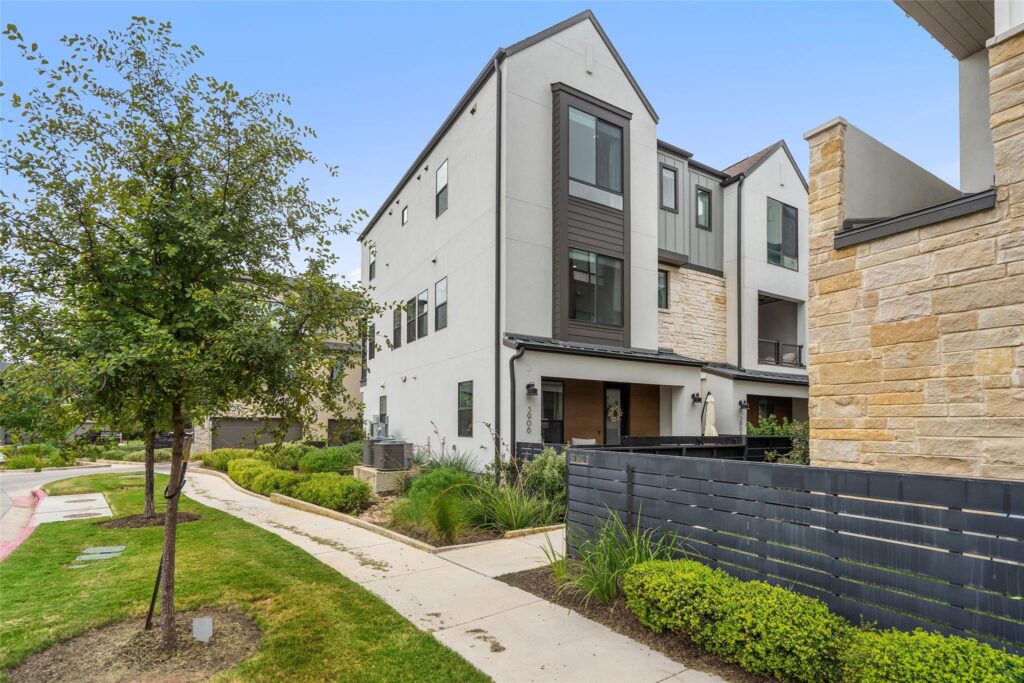Remodeling vs. Renovating a House in Texas: What’s the Difference for Your Home?
For many Texas homeowners, the dream of transforming their living space often begins with a simple question: “Should I remodel or renovate?” While these terms are frequently used interchangeably, understanding the fundamental difference between remodeling and renovating a house is crucial. Knowing which path you’re taking will clarify your vision, manage your budget, and set realistic expectations for your home improvement project. At Tayton Construction, we guide our clients through every step of their home transformation journey, ensuring clarity from concept to completion.
So, let’s dive into the core distinctions and explore what each process entails, especially for homes here in the Lone Star State.

Understanding Renovation: Refreshing and Restoring
At its heart, renovating a house is about restoring or refreshing an existing structure. Think of it as giving your home a significant facelift without altering its fundamental layout or purpose. The primary goal of a renovation is to update the aesthetics, improve functionality, and bring the existing space back to a desirable, often more modern, standard.
What does a renovation typically involve?
- Surface Updates: This is the most common aspect. Repainting walls, refinishing hardwood floors, replacing outdated light fixtures, or installing new countertops are all classic renovation tasks. These changes enhance the visual appeal and often improve the feel of a room without changing its footprint.
- Minor Repairs and Replacements: Renovations often include fixing worn-out elements like leaky faucets, repairing damaged drywall, or replacing old windows and doors with more energy-efficient models. The focus here is on repair and like-for-like replacement rather than major structural alterations.
- Updating Finishes: Swapping out old cabinet hardware, upgrading bathroom tiles, or installing new carpeting are all part of the renovation process. These updates can significantly modernize a space and enhance its value.
- Restoring Historical Features: In many older Texas homes, renovation might involve restoring original architectural details, intricate millwork, or antique fixtures to preserve the home’s historical character. This is about bringing something back to its former glory.
- Improving Energy Efficiency: Replacing insulation, upgrading to energy-efficient appliances, or sealing drafts are common renovation elements that not only refresh the home but also reduce utility bills, a significant benefit in Texas’s diverse climate.
Why choose to renovate?
- Cost-Effectiveness: Generally, renovations are less expensive than remodels because they don’t involve significant structural changes, plumbing re-routing, or electrical overhauls.
- Quicker Turnaround: With fewer complex structural elements to address, renovations typically have shorter timelines, allowing you to enjoy your updated space sooner.
- Preserving Original Character: For homeowners who love the original layout and charm of their Texas home but desire a fresh look, renovation is the ideal choice.
- Increased Property Value: Even minor renovations can significantly boost your home’s appeal and market value without the extensive investment of a full remodel.
Exploring Remodeling: Redefining and Reconfiguring
In contrast, remodeling a house is a much more transformative process. When you remodel, you are fundamentally changing the structure, layout, or function of a space. This goes beyond cosmetic updates; it involves significant alterations that redefine how a room or even an entire home is used. Understanding the difference between remodeling and renovating a house truly highlights the scope of work involved.
What does a remodel typically involve?
- Layout Changes: This is the hallmark of remodeling. It could mean knocking down a wall to create an open-concept living area, moving a kitchen from one side of the house to another, or reconfiguring bedrooms. These changes alter the flow and spatial arrangement of your home.
- Adding New Space: Building an addition, converting an attic into a living space, or finishing a basement are all forms of remodeling, as they introduce new square footage or entirely new functional areas.
- Changing Room Function: Transforming a formal dining room into a home office, or converting a spare bedroom into a master bathroom, are examples of changing a room’s intended use. This often requires new plumbing, electrical work, and structural modifications.
- Major System Upgrades: Remodeling often necessitates significant overhauls of plumbing, electrical, and HVAC systems to support the new layout or added amenities. For instance, moving a kitchen sink will require rerouting water lines and drains.
- Structural Modifications: Adding new windows where there weren’t any, expanding doorways, or even raising ceilings can be part of a remodel, all of which involve structural changes.
- Kitchen and Bathroom Overhauls: While you can renovate these rooms with new finishes, a true remodel in these areas often involves moving fixtures, changing the footprint, or adding entirely new elements like an island or a walk-in shower, which requires significant behind-the-walls work.
Why choose to remodel?
- Tailored Functionality: A remodel allows you to customize your home to perfectly suit your lifestyle and specific needs, whether that’s a gourmet kitchen for entertaining or an accessible bathroom.
- Enhanced Livability: By reconfiguring space, you can improve traffic flow, create more functional zones, and dramatically enhance the overall livability of your home.
- Modernization beyond Aesthetics: Remodeling enables you to bring older homes up to current building codes and modern living standards, not just in appearance but in underlying structure and utility.
- Significant ROI: While more expensive upfront, a well-executed remodel, particularly in kitchens and bathrooms, can offer a substantial return on investment, especially in competitive Texas real estate markets.

The Overlap and How to Define Your Project
While the difference between remodeling and renovating a house is clear in concept, in practice, many projects feature elements of both. For example, you might renovate your kitchen by updating cabinets and countertops, but then decide to remodel by taking down a wall to open it up to the dining room. This is why a clear consultation process is so important.
When discussing your vision with a professional, consider these questions:
- Am I happy with the current layout, or do I want to change it? If the answer is the latter, you’re likely leaning towards a remodel.
- Am I looking to fix worn-out elements and update aesthetics, or am I looking to change the purpose of a space? Changing purpose implies remodeling.
- What is my budget, and what is my desired timeline? Generally, renovations are more budget-friendly and quicker.
- Do I need to move walls, pipes, or electrical wiring? If yes, it’s a remodel.
Tayton Construction: Your Partner in Texas Home Transformations
Whether your project leans towards a comprehensive remodel or a refreshing renovation, Tayton Construction is your trusted partner throughout Texas. We understand that every home and every homeowner’s vision is unique. Our expertise spans both renovation and remodeling projects, ensuring that we can bring your specific dreams to life.
From the bustling suburbs of Dallas-Fort Worth to the vibrant communities of Houston, Austin, or San Antonio, Texas homeowners are constantly looking for ways to enhance their living spaces. Understanding the difference between remodeling and renovating a house empowers you as a homeowner to articulate your needs clearly, allowing us to provide precise solutions.
We pride ourselves on:
- Clear Communication: We ensure you understand the scope, timeline, and budget, clearly distinguishing between renovation and remodeling elements in your project.
- Expert Craftsmanship: Our team brings unparalleled skill and attention to detail to every job, whether it’s a simple update or a complex structural change.
- Tailored Solutions: We don’t believe in one-size-fits-all. Your home’s transformation is designed around your specific needs, style, and future plans.
- Local Expertise: As a Texas-based company, we are familiar with local building codes, architectural styles prevalent in the region, and the unique challenges and opportunities of building in our climate.
Deciding on the difference between remodeling and renovating a house for your next project can feel overwhelming, but it doesn’t have to be. With Tayton Construction, you have a partner who listens, advises, and executes with precision, ensuring your Texas home becomes everything you envision.

Conclusion
The distinction between renovating and remodeling boils down to scope: renovation is about refreshing what’s there, while remodeling is about fundamentally changing it. Both are valuable investments in your home and can significantly enhance its comfort, functionality, and value. For Texas homeowners ready to embark on a home improvement journey, clearly defining your goals from the outset will set the stage for a successful and satisfying outcome.
Ready to discuss your vision? Contact Tayton Construction today, and let’s explore how we can transform your Texas home, whether through a strategic renovation or a comprehensive remodel. We’re here to build your dreams into reality.
External Link: For more information on home improvement projects and potential returns on investment, you can explore resources from the National Association of Home Builders: https://www.nahb.org/

